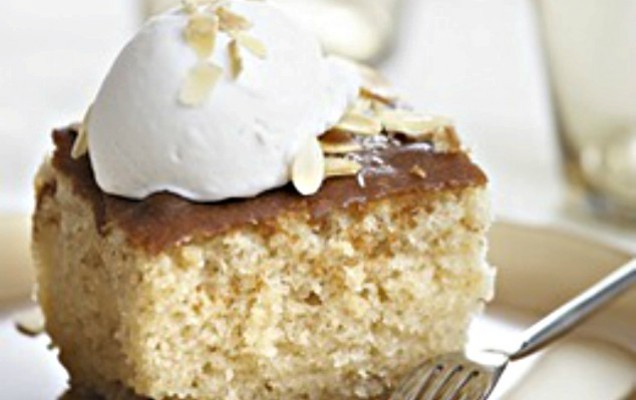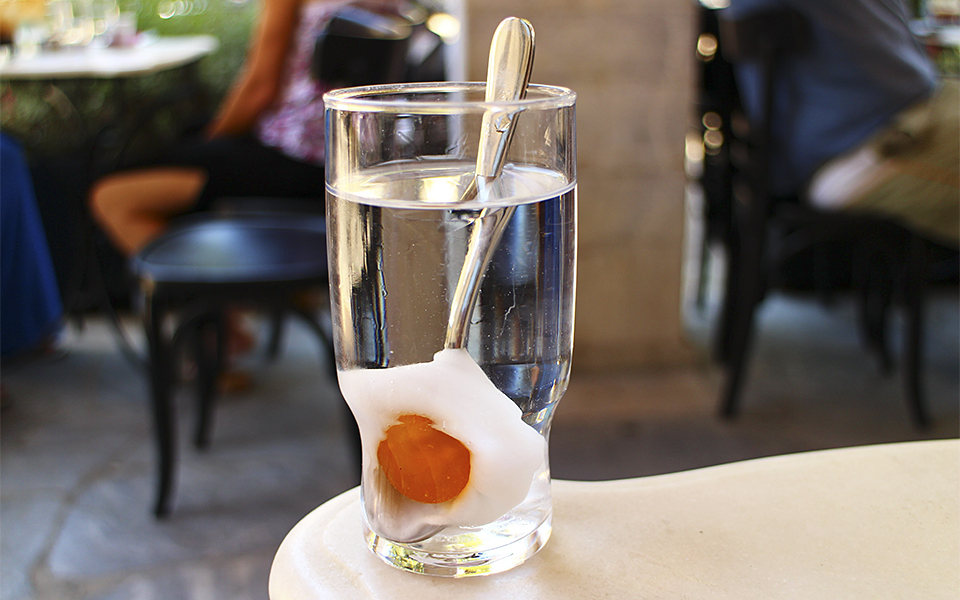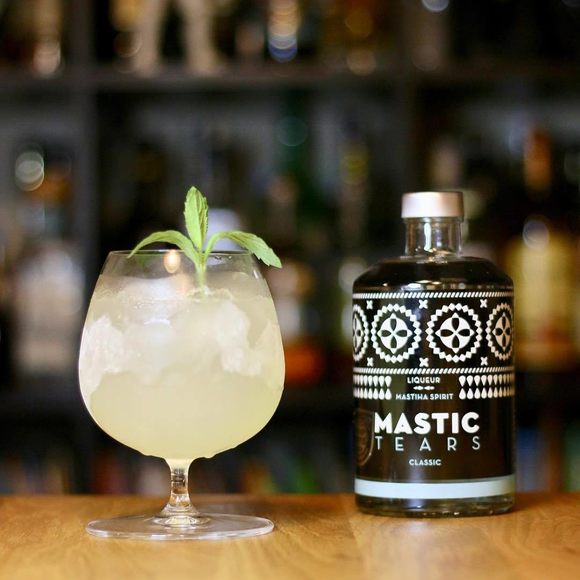
Mastic in the Culinary World.
One of the earliest uses of mastic was as chewing gum hence, the name. Mastic-flavored chewing gum is sold in Syria, Lebanon, Turkey, and Greece. Mastic is used in ice cream, sauces, and seasoning in Lebanon. In Egypt, mastic is used in vegetable preserves, in jams that have a gummy consistency and in soups. In savoury dishes Egyptian chicken, duck, rabbit and fish recipes often call for mastic, usually paired with cardamom. In Morocco, mastic is used in the preparation of smoked foods.
In the Eastern Mediterranean, Chios mastic is considered a spice for food. It is commonly used for baking and cooking, adding its aroma to foodstuffs such as brioches, ice-cream and other desserts. It is especially known to the Arab cuisine, but recently mastic is also increasingly used in Japanese cuisine.
In Greece, mastic is used in liqueurs such as Mastiha (or Mastichato), in a spoon sweet known as a "submarine", in beverages, chewing gum, sweets, desserts, breads and cheese. It is also used to stabilise Turkish delight and ice cream.
In Syria, mastic is added to booza (Syrian ice cream). Mastic syrup is added to Turkish coffee on the Aegean coast. In the Maghreb countries, mastic is used mainly in cakes, sweets, and pastries and as a stabilizer in meringue and nougat.





